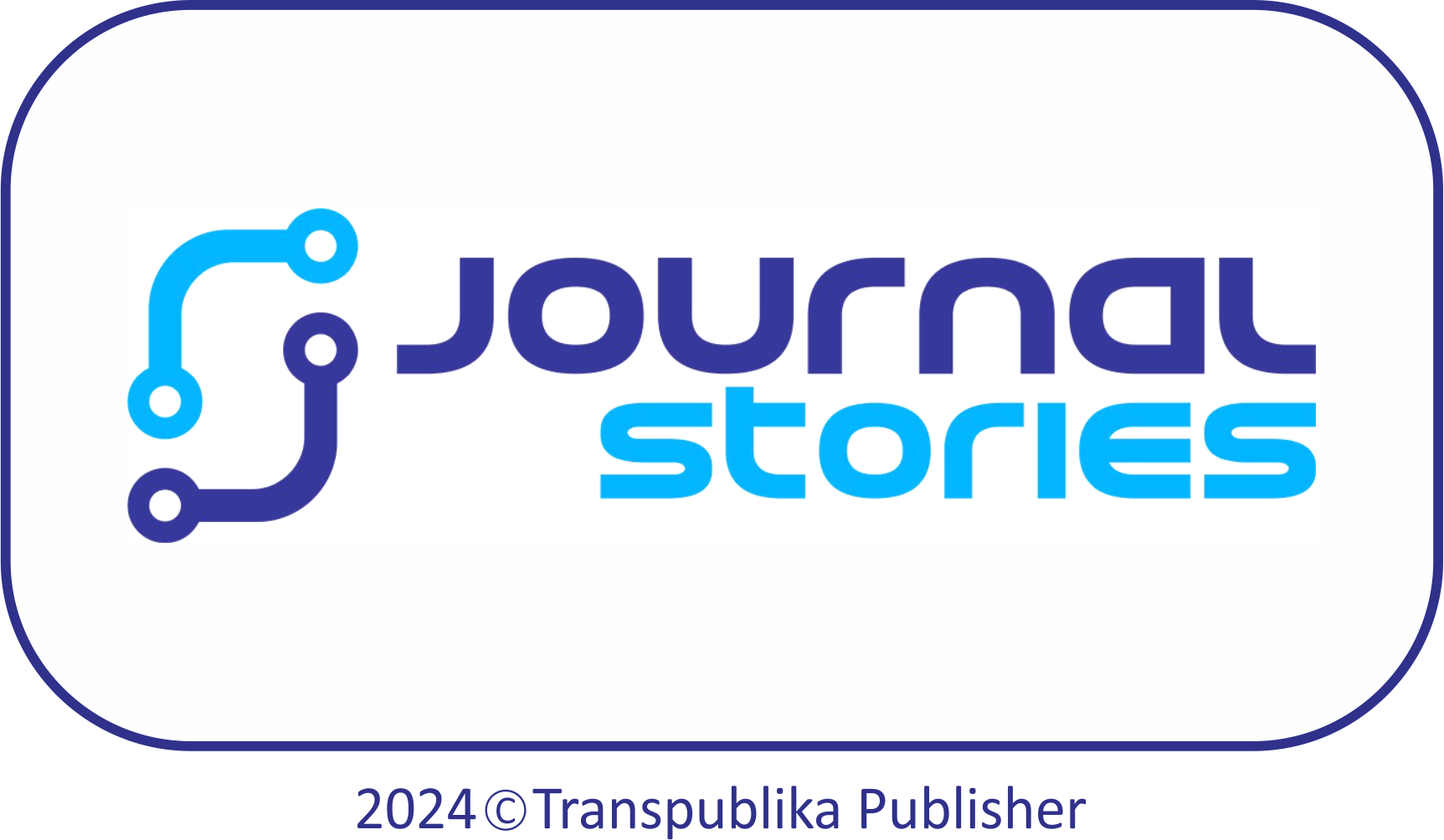PENGARUH STRATEGIC MANAGEMENT ACCOUNTING, SUPPLY CHAIN PERFORMANCE DAN CUSTOMER VALUE PADA FIRM FINANCIAL PERFORMANCE
Abstract
Indonesia is one of the countries in Southeast Asia with a high GDP. However, Indonesia's logistic performance is not very impressive, ranking 46th out of 160 countries with an index of 3.15, still falling behind Singapore, Thailand, and Malaysia. This phenomenon could be attributed to a lack of supply chain configuration. Supply chain management involves how firms manage their resources as inputs, which are then processed to become products or outputs. Furthermore, in the field of strategic management, researchers have noted that firms in emerging countries are increasingly moving away from strategic management accounting (SMA), primarily due to its high cost and the need for experts to conduct SMA. However, it's worth noting that SMA includes supply chain configuration as a means to reduce costs and improve efficiency. SMA is not just about managing costs; it also focuses on enhancing performance from the customer's perspective, emphasizing Customer Value. Customer Value is a technique for boosting a firm's performance by strengthening customer relationships. Given the limited research in emerging countries, especially in Indonesia, this topic warrants further investigation. This research aims to analyze the effects of strategic management accounting, supply chain performance, and Customer Value on a firm's financial performance. Using a quantitative approach (SEM-PLS), 100 samples from Small and Medium Enterprises (SMEs) in Kota Bogor were tested. The results indicate that strategic management accounting has a negative effect on Firm Financial Performance, while Supply Chain Performance and Customer Value have positive effects on Firm Financial Performance.
Downloads
References
Chang, W., Ellinger, A. E., Kim, K. K., & Franke, G. R. (2016). Supply chain integration and firm financial performance: A meta-analysis of positional advantage mediation and moderating factors. European Management Journal, 34(3), 282–295. https://doi.org/10.1016/j.emj.2015.11.008
Dmitrović-Šaponja, L., & Suljović, E. (2017). Strategic management accounting in the Republic of Serbia. Economic Research-Ekonomska Istrazivanja , 30(1), 1829–1839. https://doi.org/10.1080/1331677X.2017.1392884
Golovkova, A., Eklof, J., Malova, A., & Podkorytova, O. (2019). Customer satisfaction index and financial performance: a European cross country study. International Journal of Bank Marketing, 37(2), 479–491. https://doi.org/10.1108/IJBM-10-2017-0210
Gunasekaran, A., Patel, C., & McGaughey, R. E. (2004). A framework for supply chain performance measurement. International Journal of Production Economics, 87(3), 333–347. https://doi.org/10.1016/j.ijpe.2003.08.003
Gunasekaran, A., Patel, C., & Tirtiloglu, E. (2001). Performance measures and metrics in a supply chain environment. International Journal of Operations & Production Management, 21(1/2), 71–87. https://doi.org/10.5267/j.uscm.2019.8.003
Hair, J. F., Sarstedt, M., & Hopkins, K. (2014). Partial Least Squares Structural Equation Modeling ( PLS-SEM ): An Emerging Tool in Business Research Partial least squares structural equation modeling ( PLS-SEM ) An emerging tool in business research. European Business Review, 26(22), 106–121. https://doi.org/10.1108/EBR-10-2013-0128
Hasanah, N., Anggraini, R., & Purwohedi, U. (2019). Single entry method as the way to improve small and medium enterprise governance. International Journal of Entrepreneurship, 23(1).
Ittner, C. D., Larcker, D. F., & Randall, T. (2003). Performance implications of strategic performance measurement in financial services firms. Accounting, Organizations and Society, 28(7–8), 715–741. https://doi.org/10.1016/S0361-3682(03)00033-3
Johnson, R. B., & Christensen, L. (2014). Educational Research Quantitave, Qualitative, and Mixed Approaches 5th Edition (5th ed.). SAGE.
Kato, Y. (1993). Target costing support system: lessons leading Japanese companies. Management Accounting Research, 4, 33–47.
Langfield-Smith, K. (2008). Strategic management accounting: How far have we come in 25 years? Accounting, Auditing and Accountability Journal, 21(2), 204–228. https://doi.org/10.1108/09513570810854400
Lesmana, S., & Haron, M. H. (2019). Performance Of Islamic Banks, Islamic Corporate Governance, And Contingency: A Theoretical Framework. In The 14th IDMAC (14th ed., pp. 578–591). Centre for Islamic Development Management Studies (ISDEV) 2019.
Malik, A., & Malik, M. S. (2011). Strategic managemen accounting A messiah for management accounting? Australian Journal of Business and Management Research, 1(4), 1–7.
McMurrian, R. C., & Matulich, E. (2016). Building Customer Value And Profitability With Business Ethics. Journal of Business & Economics Research (JBER), 4(3), 73–80. https://doi.org/10.19030/jber.v4i11.2710
Mwangi, G. (2014). Effects Of Management Accounting Practices On Financial Performance Of Manufacturing Companies In Kenya By A Research Project Submitted In Partial Fulfillment Of The Requirements For The Award Of The Degree Of Master Of Science In Finance Degree , School (Issue October).
Omil, J. C., Lorenzo, P. C., & Liste, A. V. (2011). The power of intangibles in high-profitability firms. Total Quality Management and Business Excellence, 22(1), 29–42. https://doi.org/10.1080/14783363.2010.529642
Petera, P., & Šoljaková, L. (2020). Use of strategic management accounting techniques by companies in the Czech Republic. Economic Research-Ekonomska Istrazivanja , 33(1), 46–67. https://doi.org/10.1080/1331677X.2019.1697719
Pradhan, D., Swain, P. K., & Dash, M. (2018). Effect of management accounting techniques on supply chain and firm performance – an empirical study. International Journal of Mechanical Engineering and Technology, 9(5), 1049–1057.
Primo, M. A. M., & Amundson, S. D. (2002). An exploratory study of the effects of supplier relationships on new product development outcomes. Journal of Operations Management, 20(1), 33–52. https://doi.org/10.1016/S0272-6963(01)00080-8
Purwohedi, U., & Gurd, B. (2016). Investigating interpersonal trust determinants in Western companies’ subsidiaries: Empirical evidence. Journal for Global Business Advancement, 9(1), 18–37. https://doi.org/10.1504/JGBA.2016.074893
Rizan, M., Balfas, F., & Purwohedi, U. (2019). The influence of strategic orientation, organizational innovation capabilities and strategic planning on the performance of technology-based firms. Academy of Strategic Management Journal, 18(3), 1–11.
Sánchez-Gutiérrez, J., Cabanelas, P., Lampón, J. F., & González-Alvarado, T. E. (2019). The impact on competitiveness of customer value creation through relationship capabilities and marketing innovation. Journal of Business and Industrial Marketing, 34(3), 618–627. https://doi.org/10.1108/JBIM-03-2017-0081
Stewart, G. (1995). Supply chain performance benchmarking study reveals keys to supply chain excellence. Logistics Information Management, 8(2), 38–44. https://doi.org/10.1108/09576059510085000
Sun, K. A., & Kim, D. Y. (2013). Does customer satisfaction increase firm performance? An application of American Customer Satisfaction Index (ACSI). International Journal of Hospitality Management, 35(December 2013), 68–77. https://doi.org/10.1016/j.ijhm.2013.05.008
Tawfeeq, T., & Alabdullah, Y. (2019). Management Accounting and Service Companies ’ Performance : Research in Emerging Economies Management Accounting and Service Companies ’ Performance : Research in. 13(4), 100–118. https://doi.org/10.14453/aabfj.v13i4.8
Whitten, G. D., Jr, K. W. G., Zelbst, P. J., & Whitten, G. D. (2012). Triple-A supply chain performance. https://doi.org/10.1108/01443571211195727
Wieland, A., & Marcus Wallenburg, C. (2012). Dealing with supply chain risks: Linking risk management practices and strategies to performance. International Journal of Physical Distribution & Logistics Management, 42(10), 887–905. https://doi.org/10.1108/09600031211281411
Zhu, Q., Krikke, H., Caniëls, M. C. J., & Wang, Y. (2017). Twin-objective supply chain collaboration to cope with rare but high impact disruptions whilst improving performance. International Journal of Logistics Management, 28(2), 488–507. https://doi.org/10.1108/IJLM-02-2016-0028
Copyright (c) 2023 M. Farian Thaib I., Unggul Purwohedi, Diah Armeliza

This work is licensed under a Creative Commons Attribution 4.0 International License.








.png)







.png)


.png)

.png)















